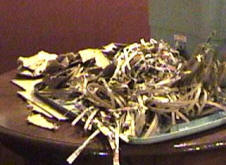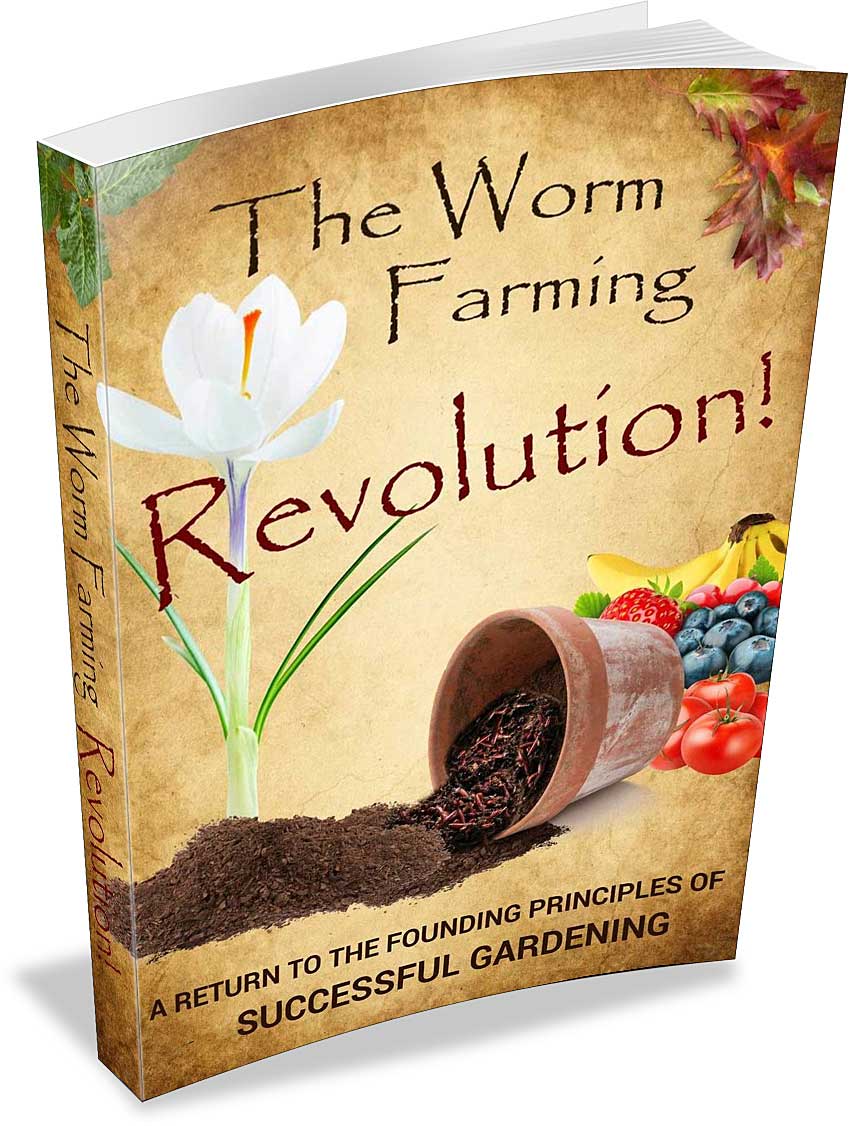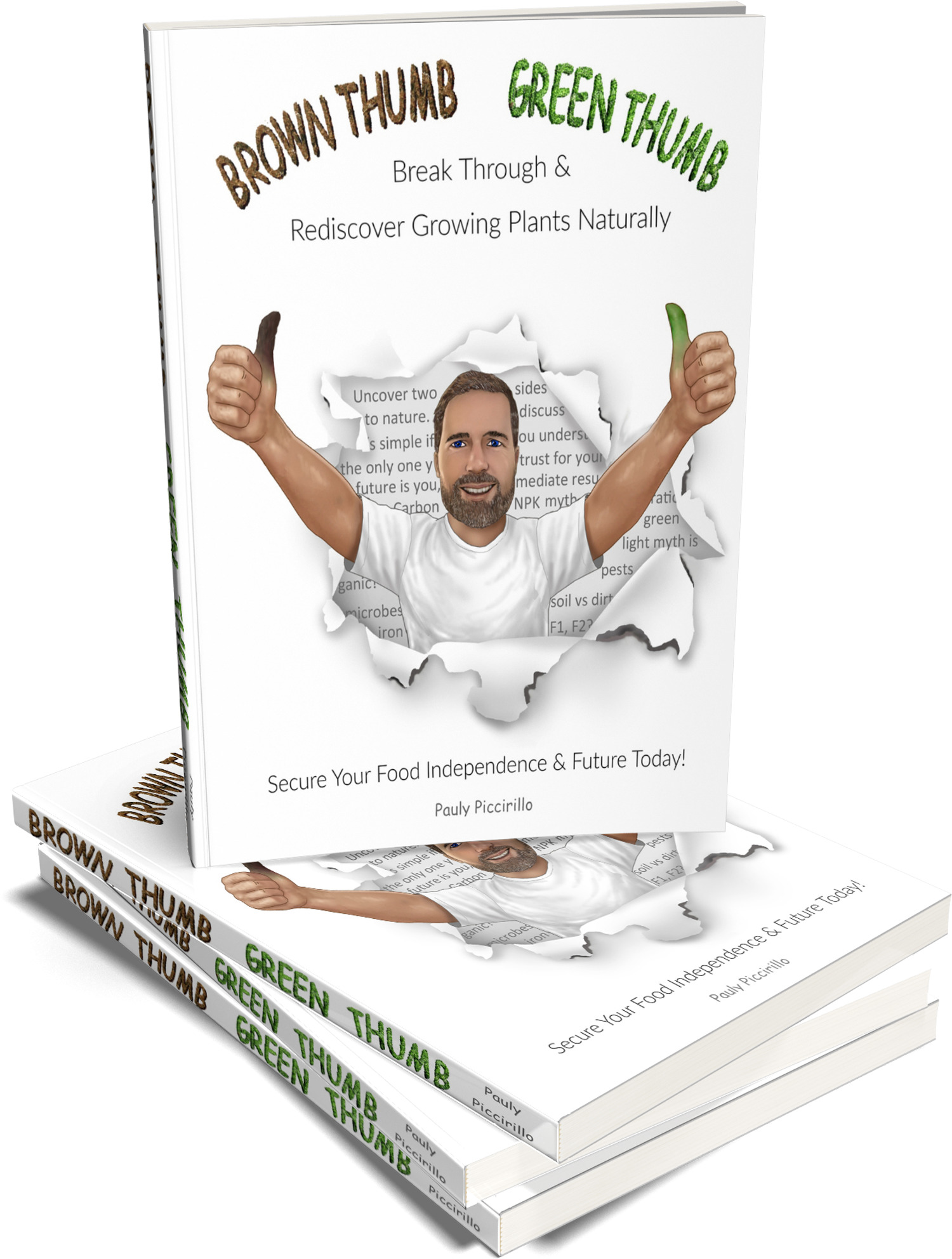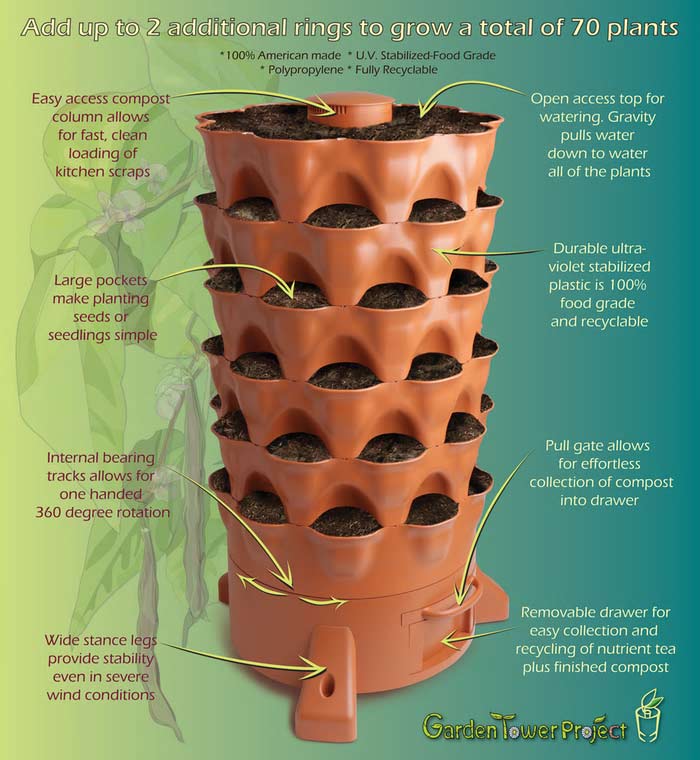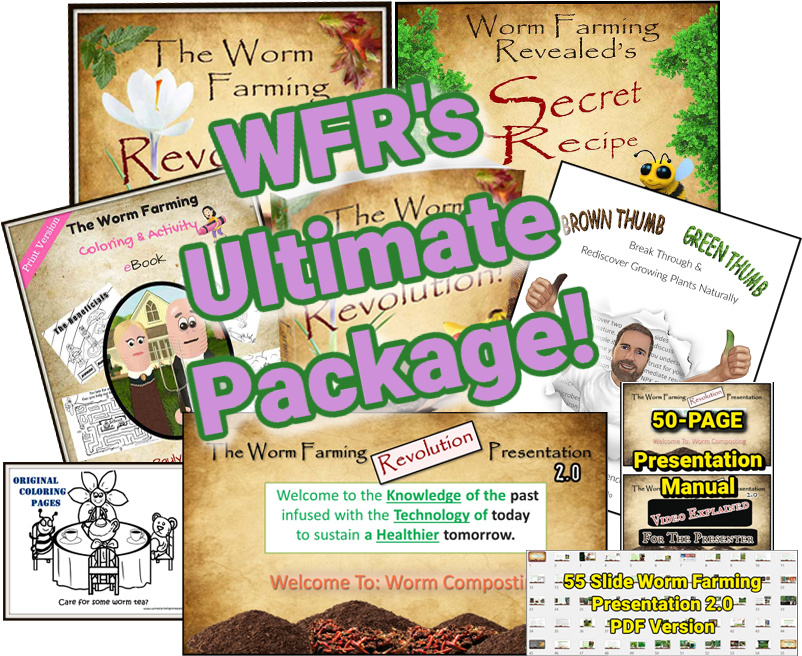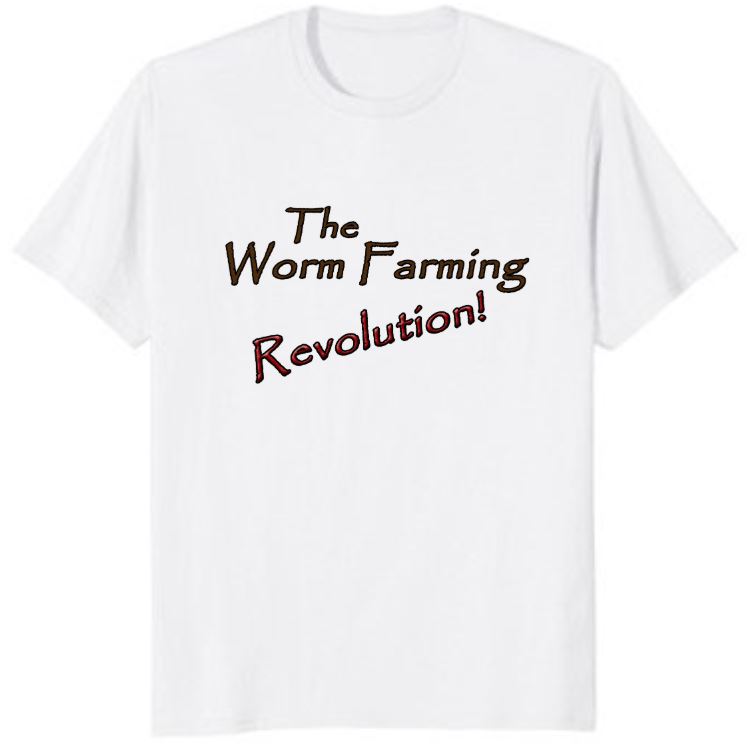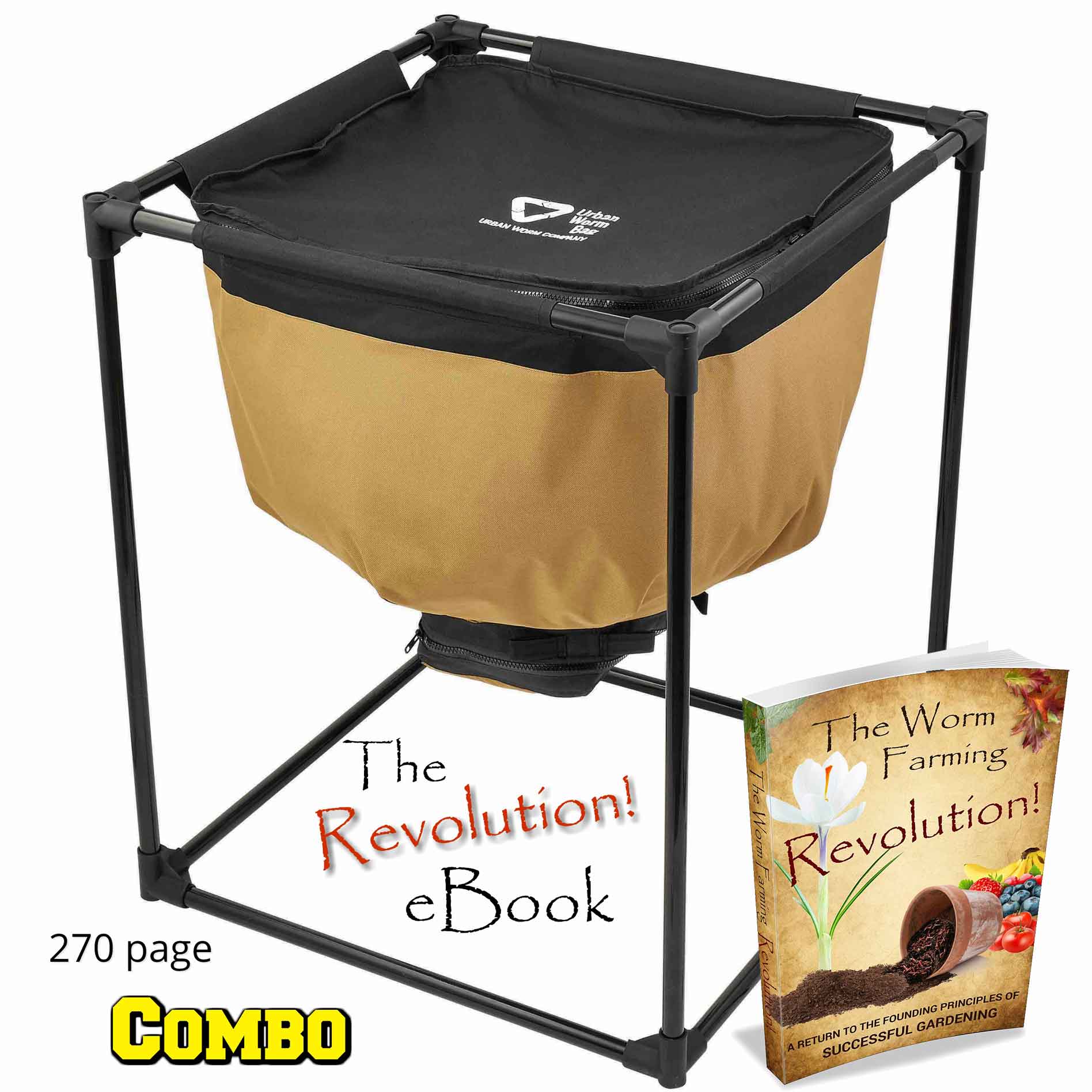Worm Bins Intro
Back to TOC
|
1. Worm bins intro |
See other Worm Farming Systems
submitted by people just like YOU!
Compost bins can come in all shapes and sizes and by the time you're done reading this guide you just might have enough information to come up with some kind of worm farming bin of your own.
Although, I'm sure by now you're squirming to get started. You might want to consider a few options first so you'll know what best fits your needs.
It's always been said, that as easy as it is to start worm bins, these small scale bins are actually the hardest.
In the event that there's some kind of imbalance there is little room for the worms to go. The compost bins like the DIY worm bin made out of plastic, (although cheap) make your worms just a little harder to take care of than a pet rock.
With that being said, I want to go over some basics that are important for all worm composting bins.
|
Bedding, Bedding, and more bedding. This is probably the most important of all inside the worm composting bins. |
Bedding can make or break the farm.
It increases air flow. It provides plenty of carbon rich supplements. It helps soak up nitrogen rich acids and brings a good balance to the system. It also helps to hold in moisture, and last but not least, increases your cocoon production.
Remember, when adding the bedding to your composting bins think of materials that are spongy and porous like peat moss, straw, and corrugated cardboard (no glossy cardboard). I believe the browner (more organic) the cardboard is, the better it is for the worms.
Stay away from bleached/processed whites (only if you can) and don't forget that you cannot add too much bedding. This keeps it aerated and allows plenty of oxygen to flow throughout your worm composting bins.
We’ve already discussed worm food, but I want you to understand something extremely important that you may not think about when starting out. Everything you place into a worm bin is food. Carbon, nitrogen, and minerals are all food to the worms.
So don’t ever think that you’re not incorporating enough kitchen scraps. The number one cause of worm death is overfeeding from nitrogen-rich foods. The worms will enjoy even 100% carbon. It’s more common to them in nature than fruits, vegetables, nuts, and grains etc. even if you see them go crazy over banana peels :)
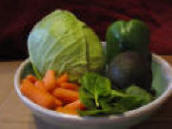 |
#2 Greens Many, of what I consider "greens", is a good nitrogen source. Omit of course, the ones we discussed in the feeding section of the book. |
Always throw in your greens in moderate amounts to avoid high acidic or thermophilic conditions.
You shouldn't have to add very much (or any) water at all to the system, depending on how wet your greens are. I've told you that worm bins don’t stink if properly taken care of.
Don't add too much broccoli or foods from the cabbage family as this normally has a strong odor. However, if you cover it pretty well and leave it alone for a while, then you can determine how much to put in each time.
#3 Aeration, moisture, and drainage
These kind of go together and depend heavily on gravity, evaporation and the worm’s ability to move around in the bedding.
If water isn't properly draining, the moisture percentage will rise. If oxygen can't get through, the bin will become too moist and anaerobic. On the other hand, if it becomes too dry, the food source may dry up along with your worms.
The worms may also go into a type of hibernation or in search of another food source. You'll find out that keeping it moist is much easier than allowing it to become too dry.
Adequate ventilation is a must at all times. As gas is emitted from the top of the compost, oxygen is sucked in from the bottom. Be sure to put your holes in the right places. Worms themselves are great aerators and they'll help you out whenever possible. Keep in mind the damp sponge theory.
Watch my 10 min video on the DIY plastic worm bin and feeding worms.
Note:
Remember, if you don't have the perfect conditions for your worms don't be overly concerned. Sometimes they'll move completely out of the food source and cling to the walls of the worm bins.
Worms are somewhat migratory. They'll just move to a section of the bin that they feel comfortable with then move back into the bedding when conditions are right. You'll get the hang of it pretty quick and when you feel comfortable you'll stop checking on them so much.
I've been in possession of worm bins not maintained for a couple of months before. When I lifted the lid, it was business as usual. I'm sure I could have left them longer (definitely not advised), but most of the time I miss my worms and end up lifting the bin every other day to let them know I care. I know...I'm crazy! But you'll learn to love your little poopers too.
Go to Plastic Bins Next
OR
Return from Worm Bins to Beginning TOC
